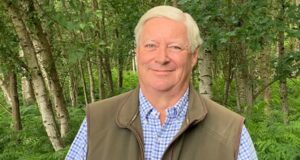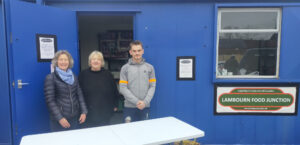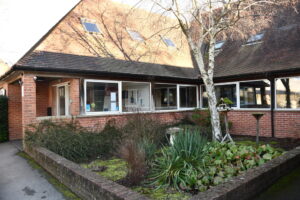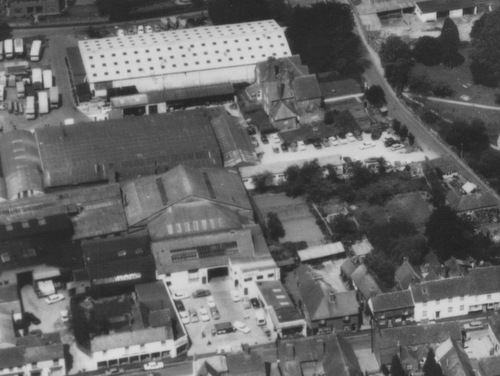
Lambourn Garages and Lambourn Racehorse Transport Service first appeared on the map in 1930
The Company history started with the coming together of two men with very different interests. A famous car hire company with a view to operating a horsebox fire fleet from the village approached Sir Hugh Nugent, who trained racehorses in Lambourn. Negotiations came to nothing but Sir Hugh soon saw the possibilities of such a service in an area dominated by racing stables.
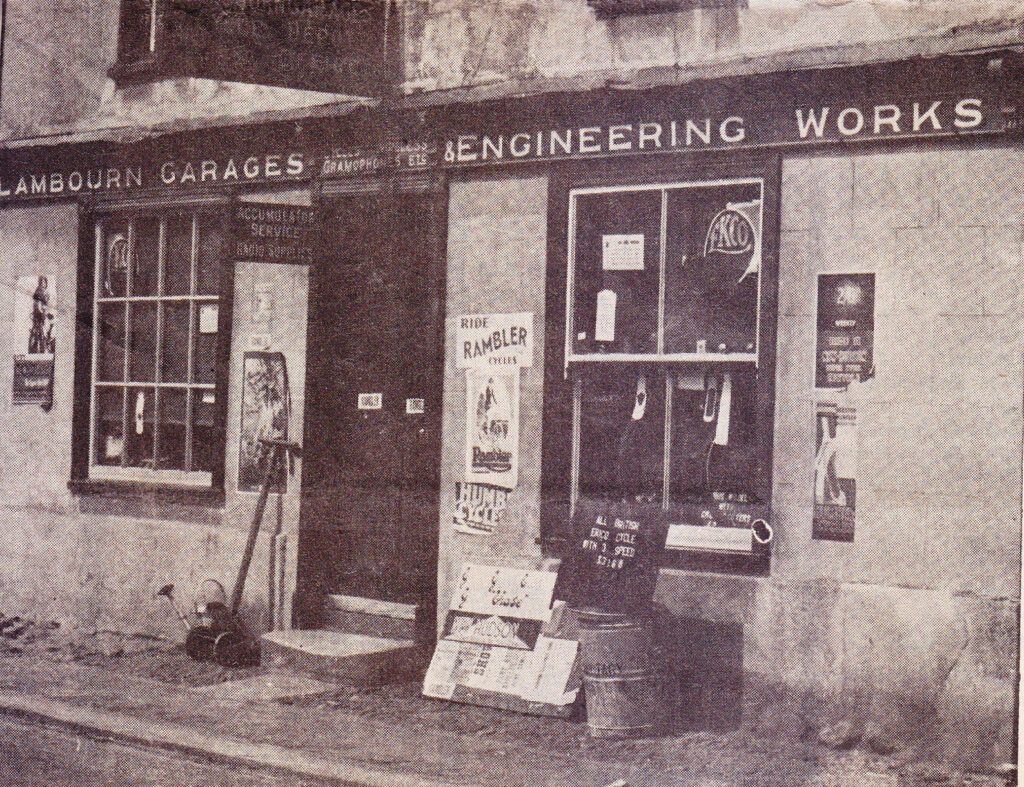
He approached Mr Frank Thatcher, who came to the village in 1921 and had run a car repair workshop in the High Street since 1924.
They decided to go and see Capt. Bell and asked him if he would sell his plot of land adjoining the Post Office where he kept his horsebox and where originally Bells coachworks had operated. The deal was sealed and Mr Thatcher later bought a piece of land from another neighbour, Mr Piper, a former jockey who had ridden Aboyeur to victory in the 1930 Derby.
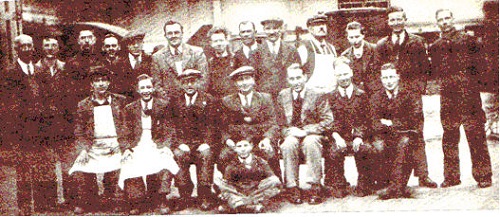
Frank Thatcher managed the garage and Stores and Sir Hugh ran the horsebox hire side.
At the same time the Lambourn Universal Stores, which had been started by Mr Thatcher as a retail hardware shop, was also brought into the new organisation. With the Bell and Piper land they had enough ground for the garage building, erected by the old-established Oxford builders Hinkin and Frewin.
Wilson’s of Kingston-upon-Thames built four of the original boxes, but it was not long before Lambourn began to provide their own. Frank Thatcher saw no reason why their staff could not do a better job. “Jack Pavier, Walter Stagg and Reg Potter cut the bodies out by hand – a two horsebox sold for £475 in 1938 and a three cost £560. Mr CF Day sold his own upholstery and trimming business to Lambourn Garages and this completed the new body building team. They exhibited the first horsebox at the International Commercial Motor Transport Exhibition in 1931. By 1935 the fleet of boxes had increased to 19 and two years later there were 21 with drivers to match and Lambourn Garages employed 35 staff.
The business increased on the repair side and the coachbuilding venture was well underway and soon became obvious that the 1930 buildings would be inadequate.
They were supplemented in 1934 by a high clear span building in the centre of the buildings. At that time it was the largest single span building in the south of England and its north side was designed to carry 100 tons of stores on a second floor without additional support. In 1936, the coachbuilding workshops were added to and linked with this building.
When the Second World War broke out many of the staff were called up for active service.
The entire works was transformed to meet the war effort. Contracts were handled for building tent boards and fitting army lorries with canopies, hoods and other forms of superstructure. No less than 60 vehicles were dispatched in 24 hours, and when the contract of 400 was complete, the workshops converted cars into pick-up bodied vehicles.
Part of the works was taken over by another company for the manufacture of aircraft and tank parts.
All the horseboxes except four were taken over for bread delivery and aircraft work. Four boxes were retained for Saturday racing, many of the racecourses were closed during the war – including Newbury’s and others were restricted to Saturdays only. But they were made to earn their keep during the rest of the week. They were stripped of their partitions on Monday morning and used to carry prisoners of war to work.
Sir Hugh served as an M.T. Officers in Bomber Command during the war.
Although the Lambourn Company adapted well with the changes during the War it was a great relief when hostilities ended and normal trading could be resumed.
The horsebox fleet was soon brought up to strength, and in 1947 the coachbuilding workshops were further extended with a hangar-type building. So too were the service repair shops, when the following year two nissen hut structures were joined together.
Gradually business returned to normal, and by 1950 the general trade expansion had brought employee numbers up to 60, many of them having returned after their release from the forces. One of the employees decided leave his job and work for Lambourn as he was only earning two shillings an hour (10p) and Lambourn were paying sixpence (2 1/2p) an hour more!
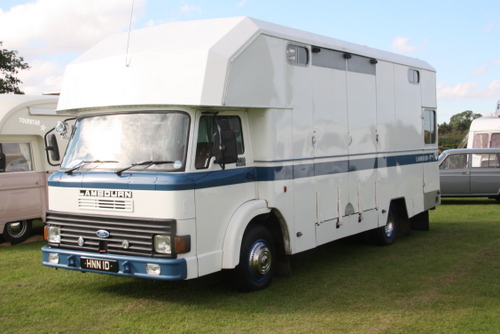
They built everything from fire engines to buses. Drop-sided trucks, tippers, butcher’s vans, and mobile libraries.you name it they build it!
High specification fire engines were made for Oxford Fire Service, and the company even converted a Rolls Royce hearse. Although high-quality horseboxes were their main business, workshops were soon fully equipped to design and construct more types of bodywork, not in traditional methods using wood, but also incorporating modern trends in steel and alloy sections.
It was in 1950 that the firm entered the field of light fabrication, a move that was to play an important role in its history.

Two years later a local farmer came forward with a request that they should make him something light and cheap to protect his tractor driver from the Downland elements at work. The Lambourn tractor cab was born! Lambourn’s engineers put their heads together, and it was not long before production designs were ready to fit the more popular makes of tractor.
The canvas top over a steel frame suited the company’s existing plant operation and had the great advantage of being much quieter in use.
Fifty were sold in the first year and trade accelerated at about 70 per cent per annum until literally thousands were finding a ready market both at home and overseas.
By 1965, when a two-door weather cab was introduced, annual sales totalled 8,000 units designed for a range of 40 different cab models.

By 1956, it was obvious that larger premises were required. The biggest building the firm had yet seen was put up on the north side of the works to house Lambourn Racehorse Transport Service Ltd and their old garage being taken over for tractor cab production.
A general increase in business on all sides continued the company’s expansion and by 1964 it had become the largest single employer in the district with a staff of about 170 by 1961.
1963 saw the entire coach building workshops move to Milton, Oxon and a new store and wood machine shop constructed. At the same time a new garage was built for the LRT’s horsebox fleet, specially designed for the purpose and covering no less than 16,000 square feet. Some of the boxes were housed in the old Station Yard in Lambourn.
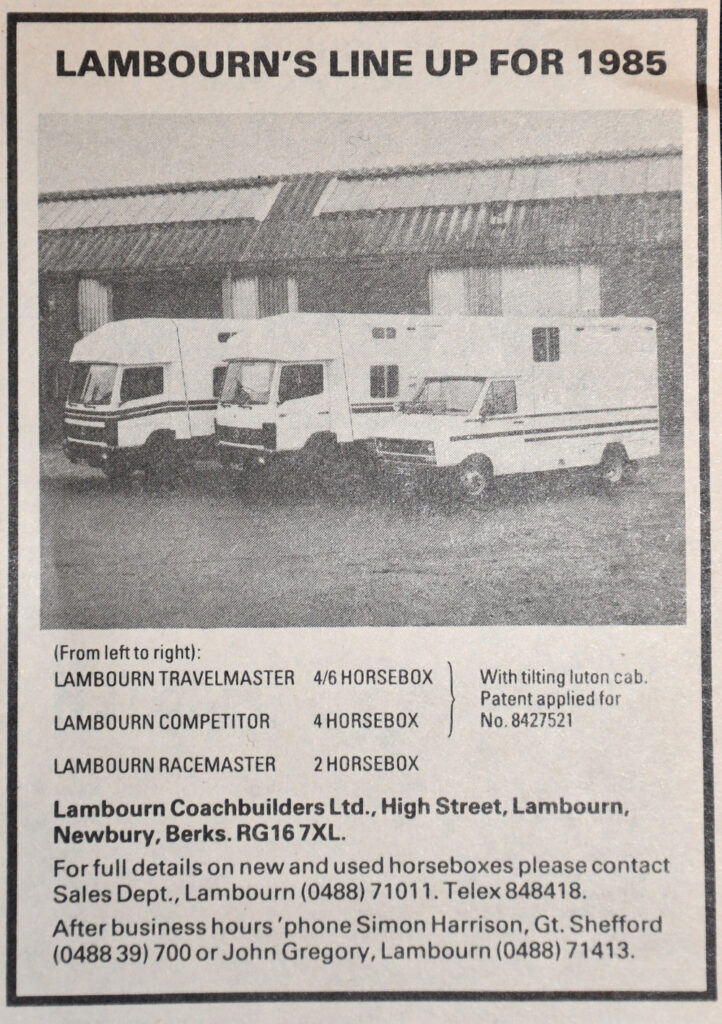
Although Lambourn Engineering has gone it played a big part in Lambourn’s more recent history and some of the lads who worked for Coachbuilders started another business called Olympic which was at Didcot. LRT moved back to Lambourn in 1984 and is still in operation and now owned, since 1992 by Merrick Francis who had a new garage built in Baydon Road to house the large fleet of boxes.
Also to survive is Lambourn Universal Stores. This was owned by Ros Couch who originally worked for the company and purchased the store. Along with Angela Troop (Denton) they ran the Store for over 40yrs in all, starting when they left school until they retired in 2017 and Ros sold the Store. Universal Stores is the back bone of Lambourn and it was always said “if its not in the shop..they will get it!!” The Store is still here for which we are grateful and long may it continue.
(General History information from the Lambourn Engineering newspaper)
Liz Beard
February 2008
